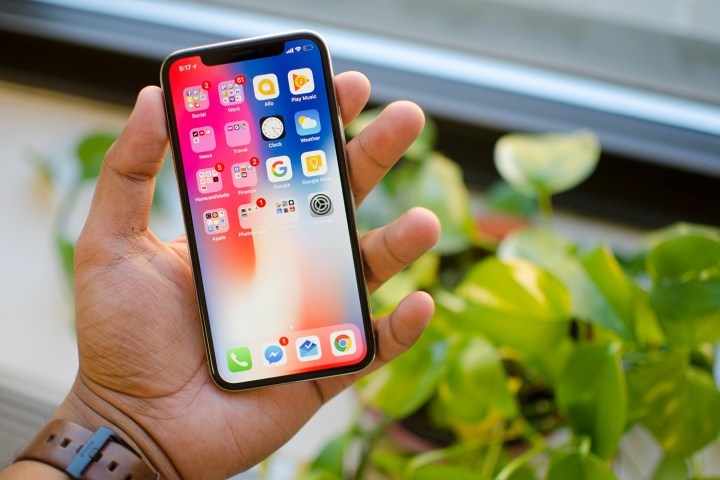
A disappointing holiday season punctuated the end of the year, with overall global sales dropping 6.3 percent when compared to the previous year’s final quarter. In real terms, that’s only a drop to 403.5 million units from the 430.7 million units shipped in the final months of 2016, but it paints a worrying trend for the mobile phone magnates at the top of the totem pole. Despite 2017 seeing some of the most gorgeous smartphones that we’ve ever seen, with powerful internal components and bezel-less designs that pushed style through the roof, it seems that consumers are reacting against the concurrent trend that saw prices rise, with the iPhone X — one of the year’s most anticipated phones — topping the scales at $1,000.
“The latest flock of posh flagships may have had consumers hitting the pause button in the holiday quarter,” said Anthony Scarsella, research manager for Mobile Phones at IDC. “With ultra-high-end flagships all the rage in 2017, many of these new bezel-less wonders proved to be more of a luxury than a necessity among upgraders […] the new and higher price points could be outweighing the benefits of having the latest and greatest device in hand.”
The end result of this consumer hesitation seems to be an increase in interest for older, slightly cheaper flagships. Interestingly, analysts had previously predicted this trend in December, when sales of the iPhone X turned out to be less than expected.
Despite the setback for the ultra-premium flagship and lower sales than the previous year, Apple still had a good quarter, beating Samsung to the top spot in overall smartphone sales for the fourth quarter. Shipping 77.3 million units compared to Samsung’s 74.1 million, Apple heads into 2018 in a good position, despite rumors that it will be retiring the iPhone X in the summer.
Still, Samsung won’t be too upset, as it leaves 2017 with a grand total of 317.3 million shipments over the entire year, easily beating second-place Apple’s total of 215.8 million units.
Chinese brands Huawei, Xiaomi, and Oppo come in at third, fourth, and fifth respectively, with Xiaomi in particular seeing a massive 96.9-percent growth over last year’s fourth quarter — the only phone manufacturer in the top five to successfully increase their global sales in the same period. Still, with 28.1 million units sold, it has a long way to go to beat Huawei’s 41 million-unit mark.
In terms of overall smartphone sales for 2017, we’ve seen a very small decline, year-on-year as global sales dropped from 1,473.4 million units to 1,472.4 million units — a fall of 0.1-percent. While it’s barely an official drop, the news that premium flagship handsets with the latest features are failing to attract consumers may well be a rude awakening for those companies who have let prices rise and rise over the year.


